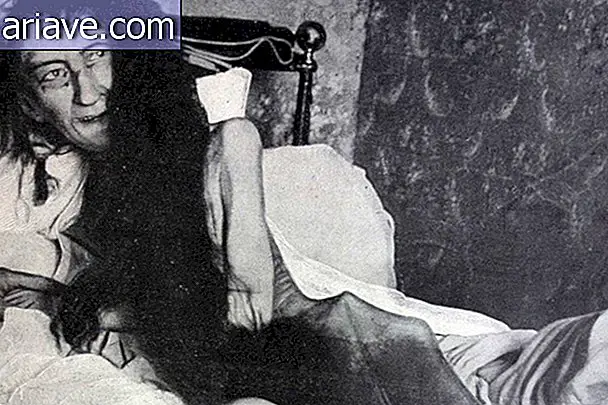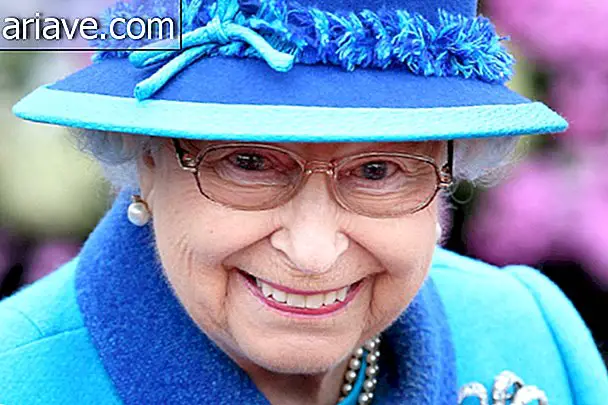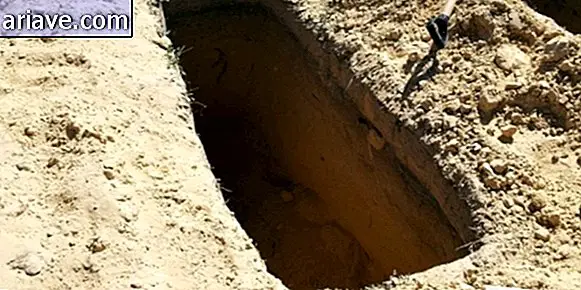Would you like to find out what criminal tattoos mean?
It is no secret that crooks and members of criminal organizations often use tattoos as a way to identify their members or offenses. The problem is that few know what the symbols marked on their skin represent. For, according to Ricardo Senra of the BBC Brazil, Alden dos Santos, a captain of the Bahia Military Police, decided to translate the meaning of these images and could have deciphered 36 of them.
According to Ricardo, for 10 years the Captain has been working on the “decoding” of tattoos of both Brazilian and foreign prisoners and suspects. For this, the PM has evaluated about 50, 000 documents and photos - obtained from social networks and print media, as well as police stations, prisons and legal medical institutes - and, after isolating the most recurrent tattoos, made the cross between the designs and the information on the criminal records.
Characters and symbols

During the surveys, the policeman noticed that there were some very clear patterns between crimes and symbols, and found, for example, that clown or joker tattoos appear to be associated with theft and death of police officers, and that goblins and wizards tend to be the figures. most common among traffickers. Still with the gang of "toxic", Saci would be the image used by those responsible for preparing and distributing drugs.
Images of the devil would point the gunslingers, while the skulls would serve to identify killers and killers of police. Already the crosses would indicate elements that were previously imprisoned, and the combination of crosses and skulls would have meant loyalty to their cellmates, as well as serve to point out who kills not to die.

Some images would be tattooed to discriminate against prisoners and, according to Captain Alden, the application often occurs against the will of the accused. Thus penile designs would serve to identify rapists, and arrow-cut hearts, phrases such as “mother's-only love” or the letters “DA” would reveal prisoners who had faced years of sexual bondage in prisons.
The captain also noted that some child characters are quite common among bandits, such as Taz, Ligeirinho and Road Runner. According to him, the former would be linked to crimes such as theft, robbery and trawlers, and the other two would be common in delinquents who distribute drugs with motorcycles. And in addition to more elaborate images, the policeman also paid attention to simpler signs present on the faces and hands of the bad guys. Look:

Universal standard?
According to Ricardo, Captain Alden also realized that many of the symbols tattooed by criminals are repeated not only throughout Brazil, but elsewhere in the world, such as Russia, the US, and countries in Europe. The surveys eventually turned into a guidance booklet that has been used by the Bahia State Secretariat of Public Security, and you can check the material provided by the PM through this link.

Despite the discoveries and repercussions that Captain's research has gained - he has over 9, 000 followers on Facebook - the PM insists on reinforcing that the purpose of the booklet is not to discriminate against people who have tattoos, since millennia ago This type of art is used as a form of expression.
The material, he said, should be viewed as a tool to facilitate the recognition of suspects - and to alert officers of bandits who may be involved in police killings.











